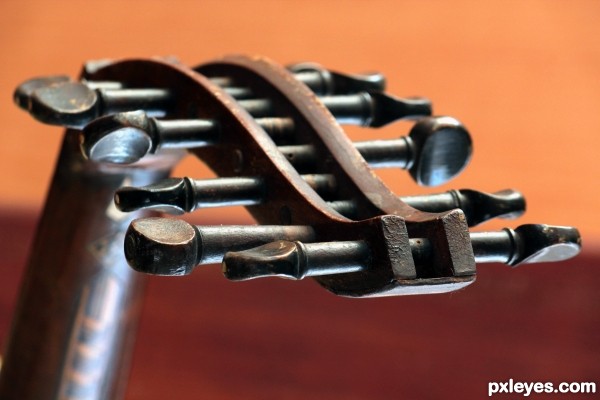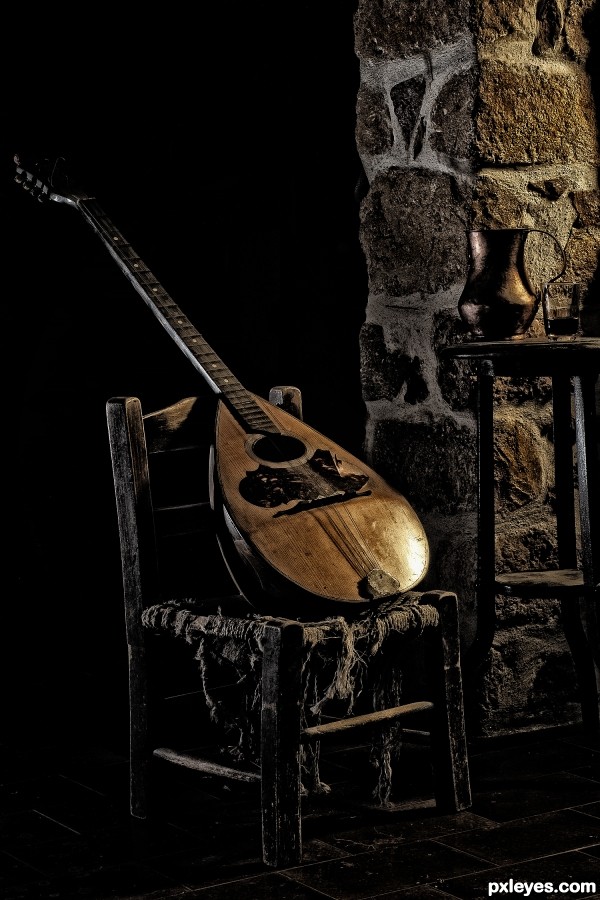
(5 years and 2737 days ago)

Howdie stranger!
If you want to participate in this contest, just:
LOGIN HERE or REGISTER FOR FREE

The bouzouki (Greek: μπουζοÏκι; pronounced [buˈzuki]; plural: μπουζοÏκια) is a Greek musical instrument that was brought to Greece in the 1900s by immigrants from Asia Minor, and quickly became the central instrument to the rembetika genre and its music branches.A mainstay of modern Greek music, the front of the body is flat and is usually heavily inlaid with mother-of-pearl. The instrument is played with a plectrum and has a sharp metallic sound, reminiscent of a mandolin but pitched lower. There are two main types of bouzouki. The trichordo (three-course) has three pairs of strings (known as courses), and the tetrachordo (four-course) has four pairs of strings.
The name "bouzouki" comes from the Turkish word "bozuk," meaning "broken" or "modified," and comes from a particular re-entrant tuning called "bozuk düzen," which was commonly used on its Turkish counterpart, the "saz-bozuk." It is in the same instrumental family as the mandolin and the lute. Originally the body was carved from a solid block of wood, similar to the saz, but upon its arrival in Greece in the early 1910s it was modified by the addition of a staved back borrowed from the Neapolitan mandola, and the top angled in the manner of a Neapolitan mandolins so as to increase the strength of the body to withstand thicker steel strings. The type of the instrument used in Rembetika music was a three-stringed instrument, but in the 1950s a four-string variety was introduced.
This is the classical type of bouzouki that was the mainstay of most Rebetiko music. It has fixed frets and it has 6 strings in three pairs. In the lower-pitched (bass) course, the pair consists of a thick wound string and a thin string tuned an octave apart. The conventional modern tuning of the trichordo bouzouki is Dd-aa-dd. This tuning was called the "European tuning" by Markos Vamvakaris, who described several other tunings, or douzenia, in his autobiography.
(5 years and 2736 days ago)
wonderful lines and light
Wonderfull point of view!
Graceful curves. No strings?
For naow, no strings.It is very old and I being restored. Thanks for visiting!
For naow, no strings.It is very old and I being restored. Thanks for visiting!
congrats, lovely shot
Thanks!
Howdie stranger!
If you want to rate this picture or participate in this contest, just:
LOGIN HERE or REGISTER FOR FREE